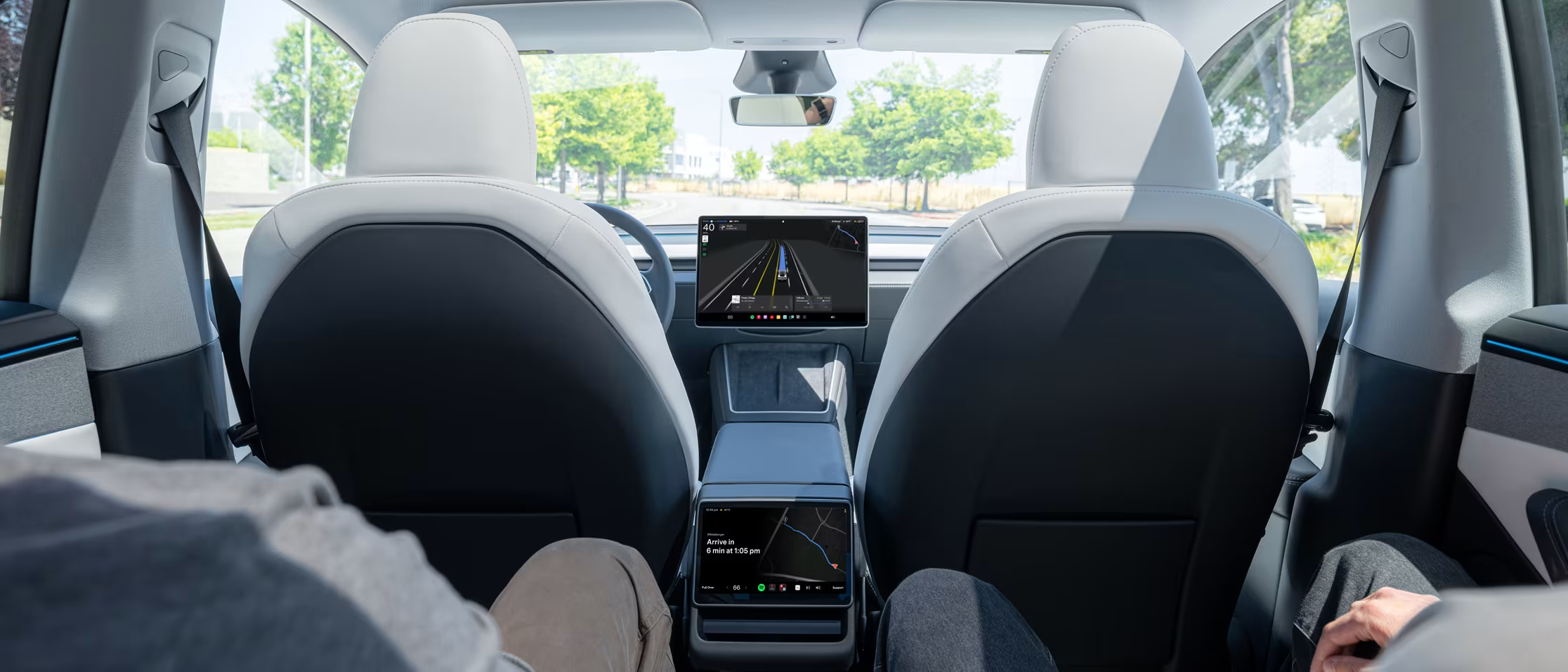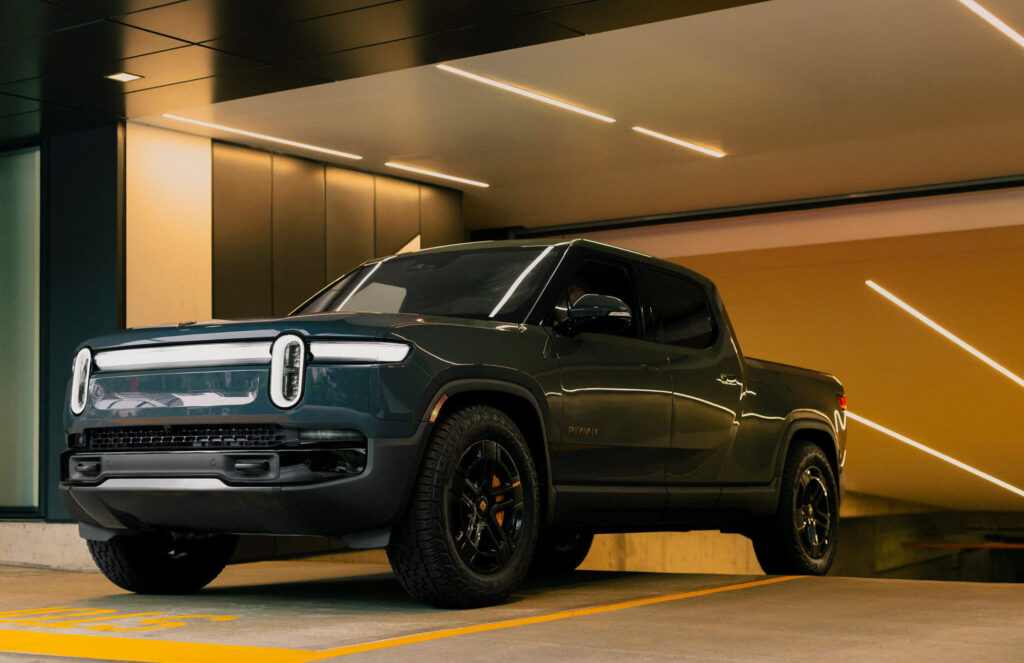RENO, Nev. — In a four-hour seminar on routing, consultant Kerry Somerville spoke to attendees at STN EXPO West about everything from implementing routing software and the RFP process to training and using the software.
Whether attendees came to the class Friday to become up to date on the offerings after retirement, or because they were a school bus driver being told to route themselves, or even due to being the director of safety and wanting to see the benefits of routing, all left with a deeper understanding of route specifics.
“I’m not here to talk bad about [any company], but I want you guys to be aware, to ask questions about what you’re buying and how you’re implementing it,” said Somerville owner of Transportation Planning Solutions as well as a transportation supervisor for Show Low Unified School District in Arizona.
Related: (STN Podcast E263) Not an Easy Button: Expert Gives School Bus Routing Technology Tips
Somerville explained that the RFP is the district’s opportunity to specify exactly what they want and need from software. “Designate who’s going to run the software,” he shared, adding that there needs to be a backup in case that person is unavailable.
He noted that when creating the RFP, one needs to be realistic and not ask for things that aren’t possible. Similarly, he noted it’s important to be prepared to pay for solutions that meet the requirements being asked for. He also advised not asking for good references, which any company can provide. Instead, he suggested asking about failed implementations and why they occurred.
Somerville noted that a phased implementation is a better approach, rather than implementing technology all at once. And while some districts have the expectations that the lowest bid must be accepted, that may mean they don’t get the features or functions they want or need.
One attendee shared his operation is in search of its third routing software.
When discussing what is wanted versus what is needed, Somerville noted that the bandwidth of people and the size of operation play important roles. Ask yourself, what is your end goal, he noted, adding that sometimes it’s not necessarily about implementing a new product but training on a current one.
Once new routing software is implemented, the next stage is training. He noted that five days of intense training may seem like it’s the best approach, but when it gets to day five, employees might have forgotten what you learned on day one. Instead, he advised districts engage in continuous ongoing training, citing the importance of creating a training plan.
He also said training is both the vendor and district responsibility and should include routes. If a district is implementing remote training, he said it’s important to determine if it will really work for the team.
Other aspects of implementation include student data and working with one’s IT department to make sure the nightly download is accurate. He also advised working with the district’s management team to ensure that student data is accurate and highlighted the importance of how good address data is critical.
Plus, he asked, how does your software handle changes such as adding students and routes, changing bus stop locations and deleting information? “There is no such thing as a perfect map,” he said.
He outlined pros and cons to the various type of maps available.
Maps change, Somerville explained, and there needs to be away to update them. Plus, he added that data affects the quality of routes. For instance, a left turn may have a greater penalty than a right turn, adding that UPS trucks in the U.S. are programmed to minimize or avoid left turns due to safety and efficiency benefits. On the other hand, being able to adjust speed data via software can make a significant difference in the accuracy of your runs. Other data that affect routing include attendance boundaries, hazards and walk zones.
Related: STN EXPO Scholarship Winner Has Personal Passion for Student Transportation Safety
Related: Innovation Awards Returns to STN EXPO, Vote on Site
Related: Download App for 2025 STN EXPO West Conference
Somerville said optimization should be used as a tool, not a solution. He said every year there’s a big story about a school district being promised to save millions of dollars with optimization and then it failed day one of school start up. He said all data elements affect optimization. He advised testing the runs — everything from timing, routing, time spent at each stop, and speed — the software products prior to the first day of school.
Overall, when using software, he advised using it every day as practice makes perfect. He said he finds that most school districts only use about one-tenth of the function that the software can do. “Keep the data fresh,” he said, adding to avoid the “this doesn’t work trap.”
This, he said, is why it’s important to get what you want in the RFP process.
He concluded by urging the audience to not give up. “Learning new software, new ways of doing things can be a challenge, difficult and frustrating but the reward is at the end when you can provide the answers people need quickly and easily,” he said.
The post Ins, Out of Routing Software Discussed at STN EXPO Reno appeared first on School Transportation News.











